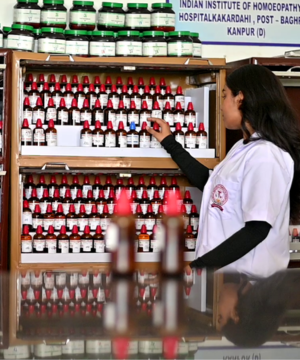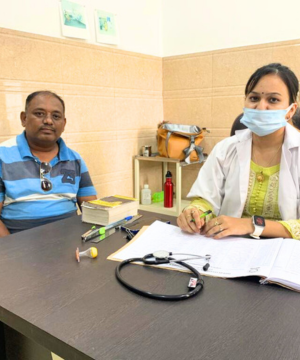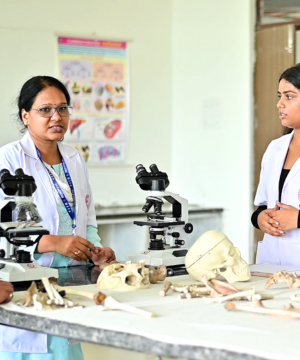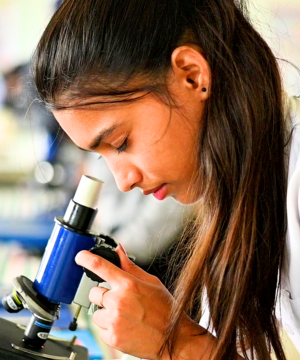Homeopathic Materia Medica consists of detailed profiles of remedies derived from various natural sources, including plants, minerals, and animals. Each profile includes information on the symptoms a substance can treat, based on the principle of "like cures like," which is central to homeopathy.
Key Components
- Remedy Profiles:
- Source: Information on the natural origin of the remedy, whether it’s plant-based, mineral, animal, or synthetic.
- Preparation: Description of how the remedy is prepared, including the methods of potentization and dilution.
- Symptomatology: Detailed listing of the symptoms that the remedy can address, based on provings and clinical experience.
- Modalities: Conditions under which symptoms improve or worsen, such as time of day, weather, or activity.
- Provings:
- Systematic collection of symptoms experienced by healthy individuals after taking the remedy in potentized form. Provings are foundational in establishing the symptom picture of a remedy.
- Clinical Applications:
- Guidance on the therapeutic uses of each remedy, including indications for acute and chronic conditions.
- Case studies and examples of successful treatments to illustrate the application of remedies in clinical practice.
- Comparative Materia Medica:
- Analysis of similarities and differences between remedies to aid in differential diagnosis and remedy selection.
- Comparative charts and tables to help practitioners choose the most appropriate remedy based on patient symptoms.
Educational Objectives
- Comprehensive Understanding: Equip students with a thorough knowledge of a wide range of homeopathic remedies and their applications.
- Symptom Analysis: Develop the ability to analyze and interpret patient symptoms in the context of homeopathic remedy profiles.
- Clinical Skills: Enhance the ability to select and prescribe the appropriate remedy based on detailed symptomatology and patient presentation.
Curriculum and Teaching Methods
- Lectures and Seminars: Covering key remedies, their sources, preparation methods, and therapeutic uses.
- Provings: Participating in and analyzing provings to understand the development of remedy profiles.
- Case Studies: Examining real-life cases to illustrate the practical application of remedies and symptom analysis.
- Comparative Analysis: Learning to differentiate between similar remedies through comparative study and analysis.
Faculty and Resources
- Experienced Faculty: Educators and practitioners with extensive knowledge and experience in homeopathic materia medica.
- Library Resources: Access to a wide range of texts, journals, and databases on homeopathic remedies and their applications.
- Clinical Training: Opportunities for hands-on experience in diagnosing and treating patients using homeopathic remedies.
Importance in Homeopathic Education
Homeopathic Materia Medica is central to the practice of homeopathy, providing the detailed knowledge necessary to understand and utilize homeopathic remedies effectively. It is an essential area of study for aspiring homeopaths, forming the basis for accurate diagnosis and effective treatment.
By mastering the Materia Medica, practitioners can provide individualized care, selecting remedies that precisely match the unique symptom patterns of their patients. This individualized approach is a hallmark of homeopathic practice, aiming to treat patients holistically and promote overall health and well-being.



